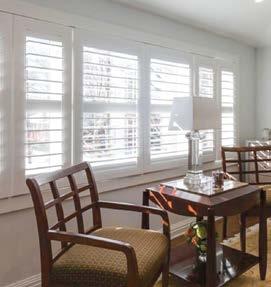COMMUNIT Y
low-hanging fruit The Essentials of Operating a Manufactured Housing Community by Steven Blank
M
a nu fac t u red hou si ng communities are a unique for m of mu lti-fa m i ly housing, the differential being that we primarily are responsible for our community buildings, common areas, and infrastructure but not the homes, except as they relate to community aesthetics. To expand the differential between MH and other forms of multi-family, in many cases our resident’s home investment was larger than the community owners, on a persite basis. Resident-owned homes are
78 | MARCH / APRIL 2020 • MHINSIDER.COM
the reason that MH has been hailed for its ability to be run passively and why there have been so many independently owned communities. If a resident owns their home, it is their responsibility to maintain it. As such, all the community owner must do is maintain the land and common areas —a much easier feat when compared to other forms of multi-family housing. However, much of the passiveness of the MH industry changed due to the last recession and the fallout of chattel lending, as well as the increase
in customers who no longer want to own. Those chattel lenders were replaced by recourse (to community owners) lending that had not been seen since the early 1970s. These changes, among others, including attrition outpacing sales, has had the net effect of dramatically increased vacancy rates. This pivoted our passive model into one with varying degrees of reliance home rental, in some cases completely replacing the sales model.


















